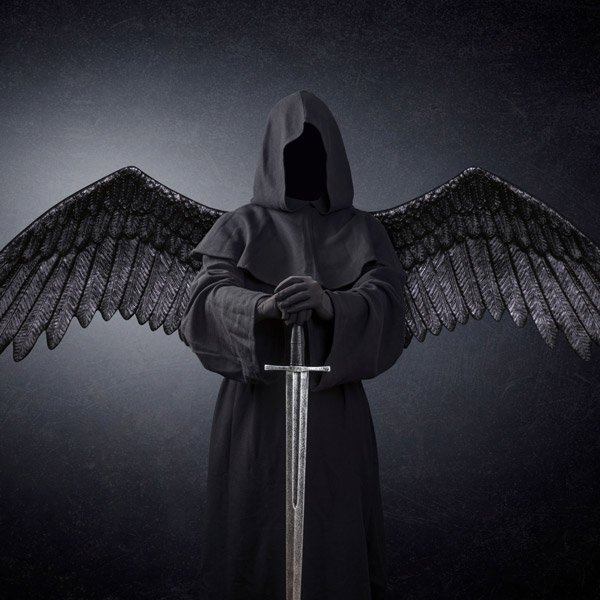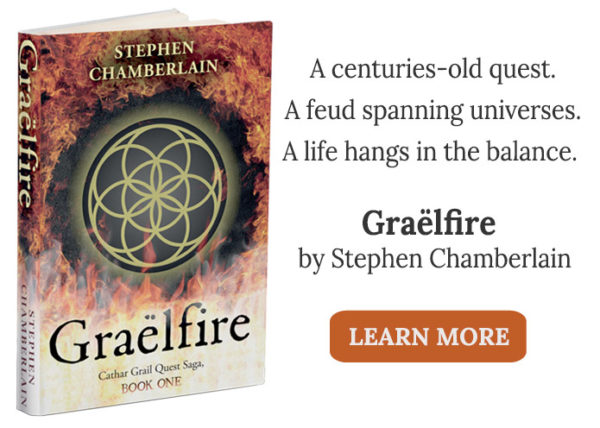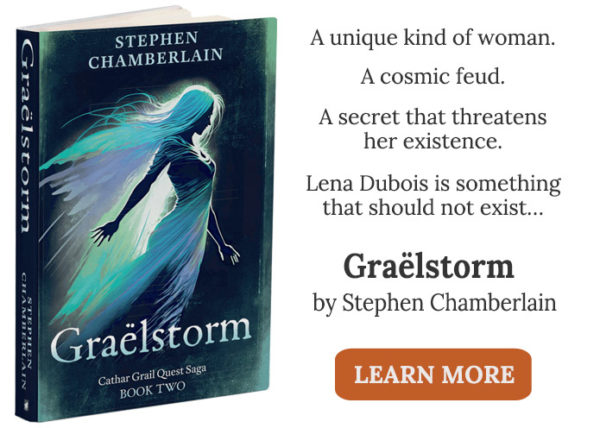“I may be on the side of the angels, but don’t think for one second that I am one of them” – Sherlock Holmes, in the TV series Sherlock.
In the realm of storytelling, heroes and villains often occupy opposite ends of the spectrum. But there is a captivating alternative: the antihero. Take Han Solo from the movie series Star Wars. Introduced as an roguish smuggler driven by money and self-interest, he reluctantly joins the Rebel Alliance but is transformed into a hero through his relationships with Luke Skywalker and Princess Leia. As their bond grows, he commits to the Rebellion and embraces heroic qualities that help defeat the Empire.
Heroes and Villains
Traditionally, writers portray heroes and villains as one-dimensional. They are good or evil. We admire heroes for their courage, noble qualities, or outstanding achievements. They are honest, intrepid, and loyal. Think of Robin Hood, Bilbo Baggins, Indiana Jones, Harry Potter, and Katniss Everdeen. They inspire us because they overcome challenges, combat adversity, or use their ingenuity to outwit their opponents. Such characters demonstrate that anything is possible if we put our minds to it. This is why they make unforgettable protagonists, and even memorable sidekicks, like Sam Gamgee or Aragorn in The Lord of the Rings.
In contrast, we portray villains as immoral or the embodiment of evil. Their actions are often driven by pure malevolence—a lust for power, domination, or personal greed. Like Star Wars’ Emperor Palpatine, these characters lack any redeeming qualities, making them easy to hate. The villain’s purpose lies in creating conflict and opposition for the hero, serving as a catalyst for their growth and triumph. In J. K. Rowling’s Harry Potter series, Lord Voldemort is one such villain. He is a ruthless character who is obsessed with power, racial cleansing, and achieving immortality. Sauron from J. R. R. Tolkien’s The Lord of the Rings is another example. Sauron is an evil being who seeks to enslave Middle-earth under his rule. He is cruel and merciless, and his motivations are malign.
Breaking the Stereotype
Such traditional heroes and villains are fun to write and read about, and yet they never quite feel realistic. We may love or loathe them, but they often lack the complexities of typical human feelings and behaviour. Enter a different protagonist that is more relatable: the antihero. Antiheroes are characters who do not exhibit traditional heroic qualities. They are edgier, grittier, and may not be noble or brave. Some grapple with personal demons, are driven by self-interest, or make poor decisions. However, their flaws render them more human and easier for readers to root for. These complex characters have carved a niche for themselves in modern fantasy fiction, offering a refreshing change from the stereotypical “white knight” hero or “dark lord” villain.
Examples of Antiheroes
In my fantasy novels Graëlfire and Graëlstorm, antihero Gideon Drude is not the chief hero or villain in the saga. He is something in-between, but his character arc makes for an interesting conflict that provides the foundation of the plot. As a writer and reader, I find that antiheroes allow for compelling character development. They may start off as villains or flawed individuals, but they offer a fresh perspective on the capacity for change and redemption in all of us. No wonder they’ve become common in recent fiction. Imperfect characters blur the boundaries between right and wrong, allowing us to explore nuances we don’t see with hero and villain clichés. What’s more, antiheroes are perfect agents for plot twists and surprises that keep readers hooked, as long as their behaviour is underpinned by a believable motive.
Antiheroes in today’s fiction are too many to list, but here are several that stand out:
Harry Potter’s Severus Snape is a quintessential example. Rowling portrays him as unsympathetic and cruel to Harry and his friends, but as the story unfolds, readers discover Snape is not just a one-dimensional villain. He is a complex character with a poignant backstory. Willing to sacrifice himself to protect the son of the woman he loved, we get to understand his motives, even if we don’t condone his behaviour.
Eric Draven from The Crow movie and TV mini-series gives us a darker example of the antihero. Draven rises from the dead like an avenging angel to reap revenge for himself and his fiancée after a gang of thugs kills them. Inflamed by his need to exact vengeance, he takes the law into his own hands and sets out to hunt down those responsible. His need for retribution speaks to our yearning for justice, while his tragic backstory echoes our own experiences of love, loss, and grief.
In the same vein, Christopher Nolan’s Batman in The Dark Knight movie is a brooding vigilante. He operates outside the law and uses fear and intimidation to fight crime in Gotham City. This version of Batman will break rules and resort to violence to achieve his goals, reflecting the struggle between light and darkness within us all.
The British television series Sherlock revives Conan Doyle’s Sherlock Holmes as a more troubled, sociopathic character. While showcasing his iconic genius and powers of deduction, the adaptation emphasizes the detective’s vices and flaws, such as his drug habits, arrogance, and anti-social temperament. Conan Doyle described the original Sherlock as a calculating machine. This reimagining captures the essence of the character while delving deeper into his vulnerabilities and inner darkness, allowing viewers to connect with him on a more human level.
In modern fantasy fiction, the antihero stands in stark contrast to traditional heroes and villains. Often exhibiting both good and bad qualities, antiheroes teach us that morality is not always black and white. They challenge our assumptions about heroism and question our perception of right and wrong.



